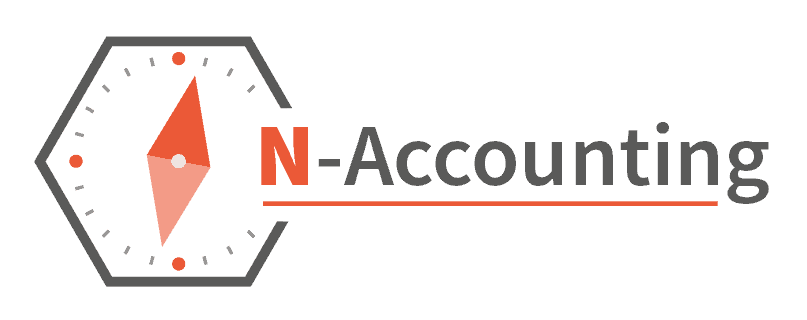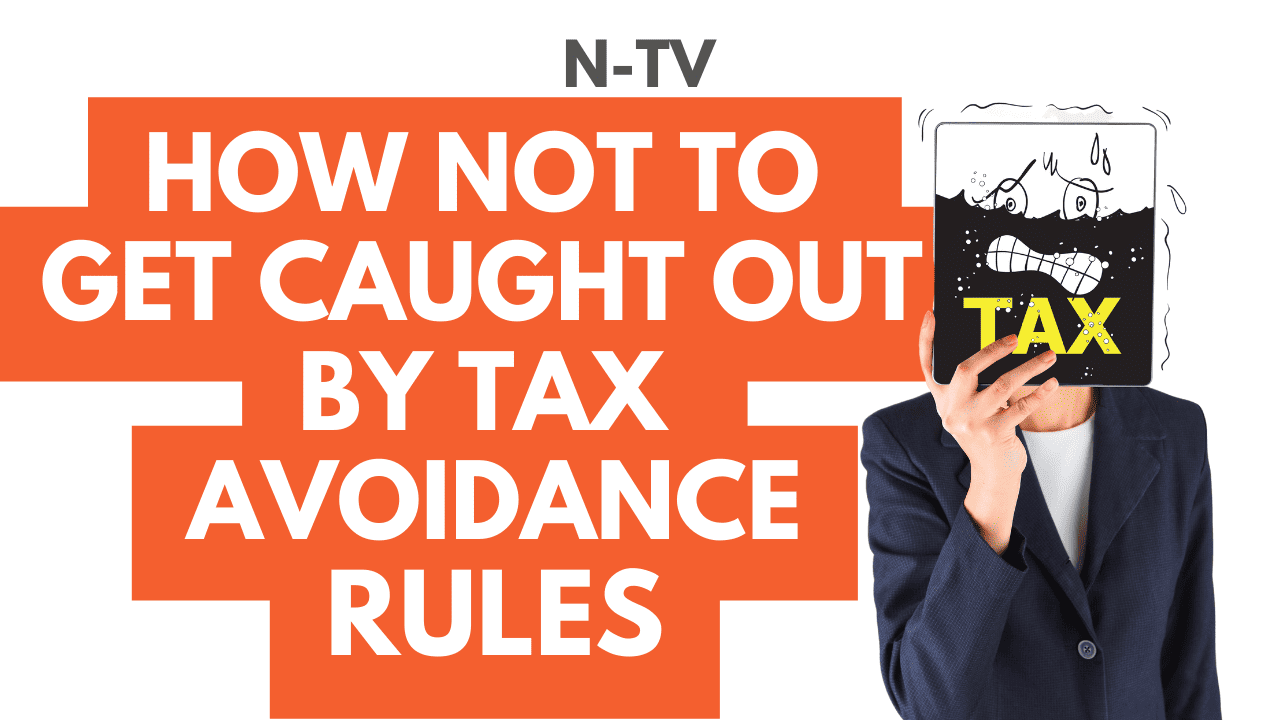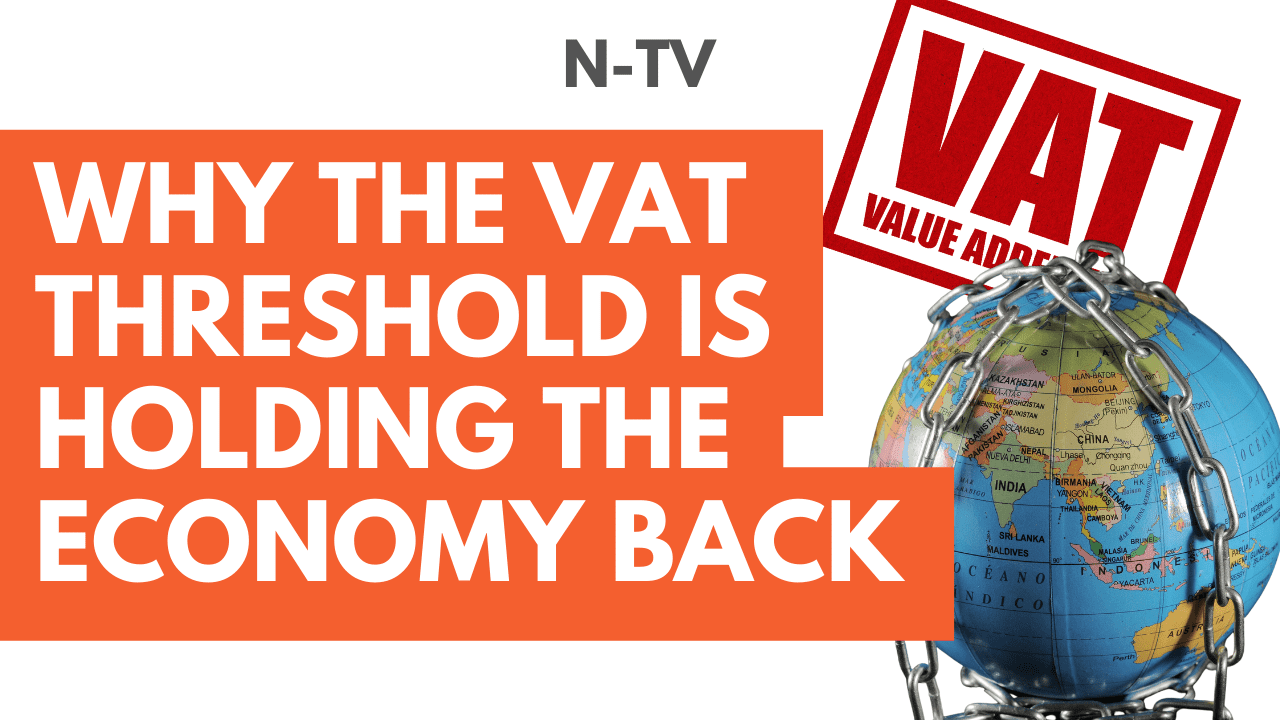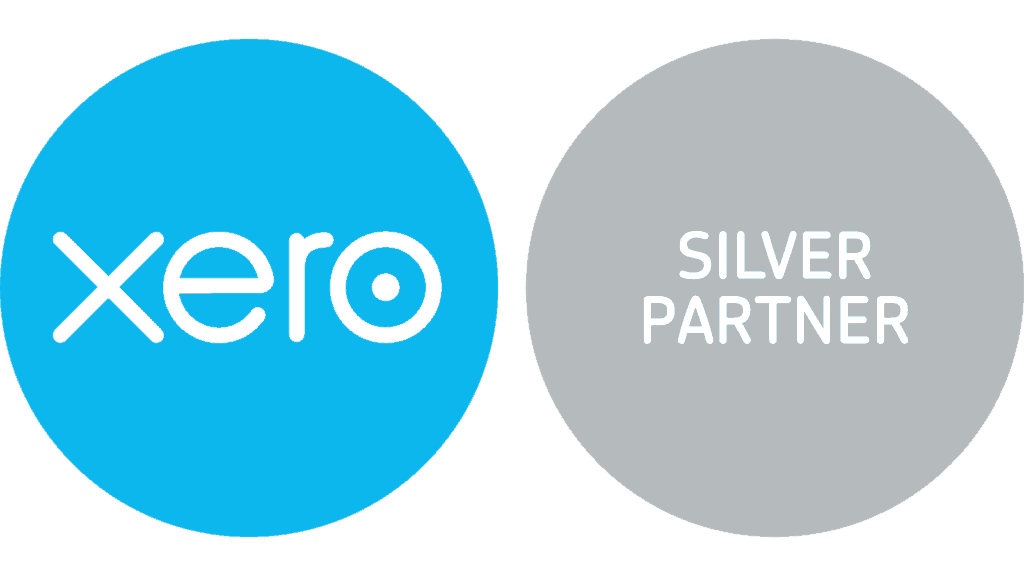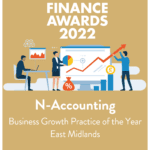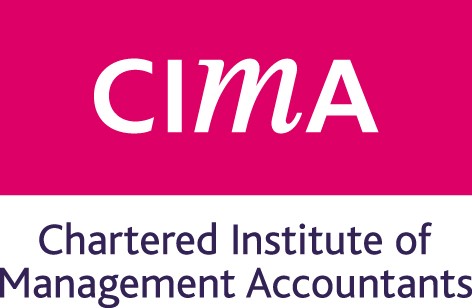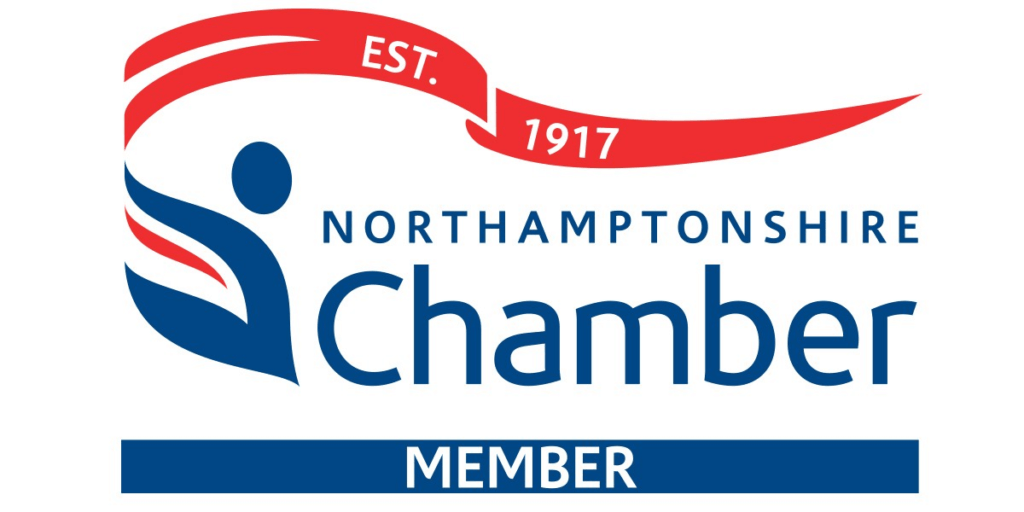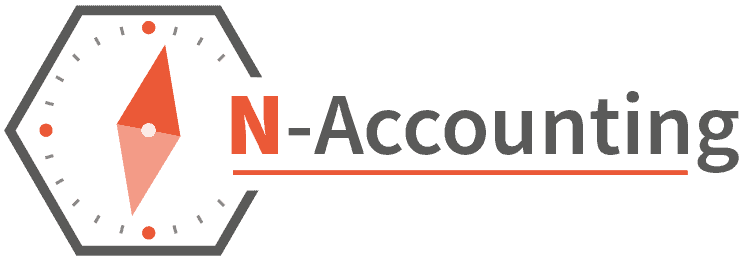If your business is a car, then cash is the gas in the tank. Without it, you’ll break down. Furthermore, if you have to stop every few miles to refuel then it becomes very difficult to pick up any significant speed. As a result, the journey will take twice as long.
When you’re driving, it’s important to keep an eye on your petrol gauge. Similarly in business, you need to monitor your cash flow closely to identify any problems before they impede your progress.
For small businesses, even one unexpected cash flow shortage can lead to a myriad of issues. For example, you may miss payment deadlines and then end up incurring penalty fees and interest. This in turn eats away at your profit margins.
The sooner you can spot a potential threat to your cash flow, the more time you will have to prevent it and take steps to minimise the impact. Here’s how to spot an upcoming cash shortage in your business, and what to do about it.
Cash Flow Forecasting
In order to create a cash flow forecast, you first need to know how much money is actually entering and leaving your business each month.
Once you have this data you can then forecast your cash flow over the coming months. Remember to factor in any additional upcoming expenses and seasonal spikes or slumps in sales. Note that your variable costs will change in accordance with seasonal fluctuations, too.
Creating a cash flow forecast will allow you to identify potential problems and create a plan to protect your business.
Compare Forecasts to Real Data
It’s important to measure how accurate your cash flow forecasts prove to be by comparing them to real data. This will help you to identify issues you may have failed to account for and create more accurate forecasts going forward. It also helps you measure your performance – were your sales significantly higher or lower than predicted? If so – why?
Update Your Figures
Don’t create a cash flow forecast once per year and consider it a job done. It’s important to regularly update your forecasts when any changes occur that could affect your cash flow, such as emergency costs, late payments, price increases or new sources of revenue.
Prepare for Multiple Outcomes
One problem that new business owners face is a lack of past data upon which to base their cash flow projections. In this case, you should create cash flow forecasts for multiple scenarios so that you will be able to keep a handle on your numbers whatever happens.
First, take an educated guess at what your outcome will be. Then, create a second projection with 10% higher sales and a third with 10% lower. Finally, create a best and worst case scenario. There are no guarantees in business but being prepared for multiple outcomes puts you in a stronger position to handle whichever prediction proves true.
Emergency Measures
It pays to prepare for the worst. Even if you’re in a strong cash position right now, it’s important to arrange multiple safety nets in case things to do go south. Ways to do this include:
- Arranging a line of credit, which is a preset borrowing limit that you can use at any time and pay back in a similar fashion to a traditional bank loan.
- Creating an emergency cash reserve. It’s always useful to create a cash buffer, and this could prove enormously helpful if disaster strikes. Ideally, you should aim to put aside enough to cover 6 months’ worth of operating expenses.
- Securing a business credit card. High interest rates mean that business credit cards are not suitable for long term borrowing. However, your card should offer a certain amount of days interest fee, which makes a credit card ideal for smoothing over short term blips.
Summary
Cash flow shortages can present big problems for business owners, but by creating, updating and comparing forecasts regularly, it’s possible to take steps to prepare for upcoming issues and minimise the impact upon your business. The worst cash flow issues are the ones that take you by surprise, so it really does pay to be one step ahead.
